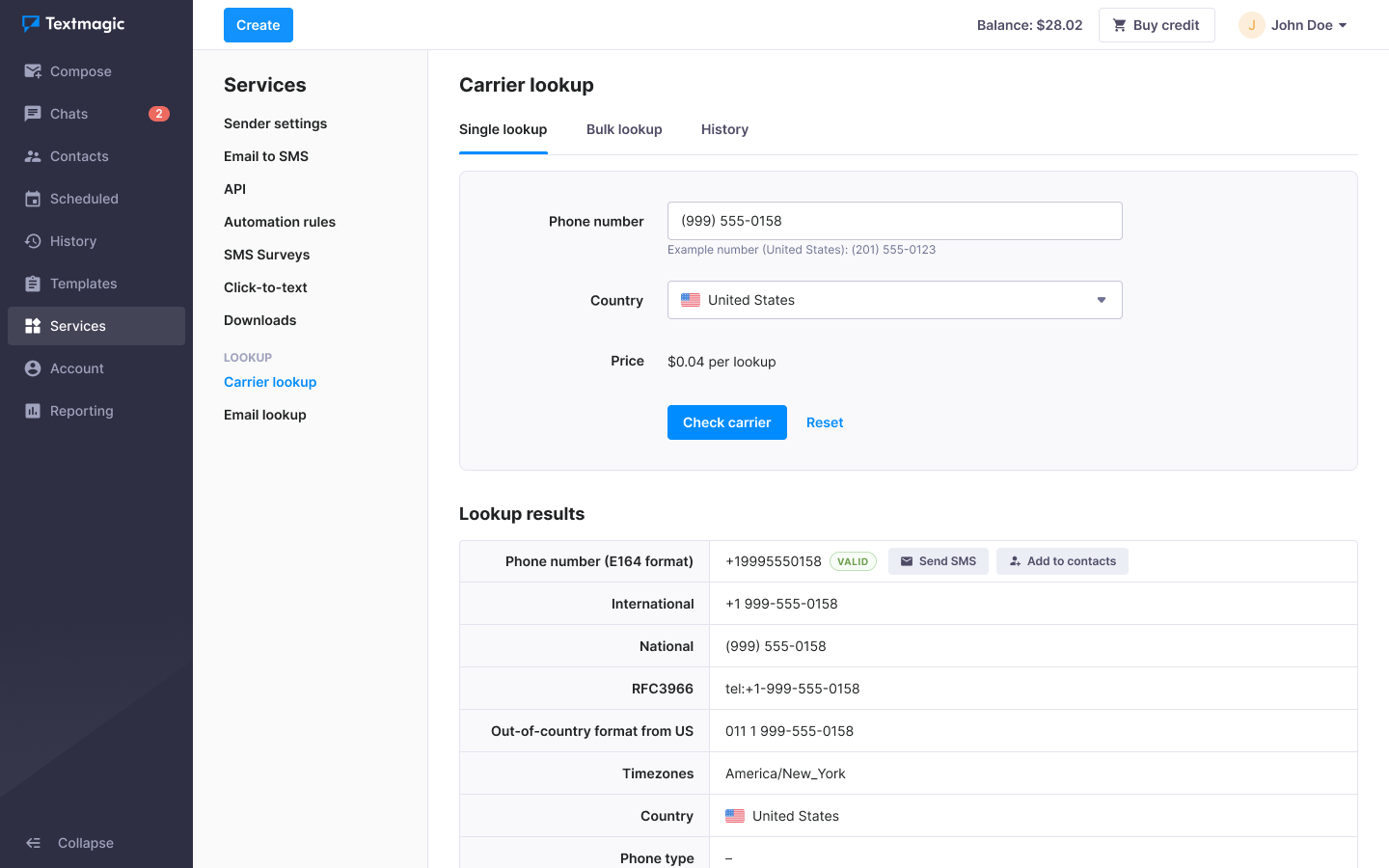One of the world’s most extensive and intricate sectors is the garment sector. A highly skilled and precise process is involved in apparel manufacturing. Each step calls for a particular set of tools and methods. The sector is a dynamic one that is undergoing significant change. Emerging technologies, shifting fashion trends, and shifting consumer preferences are some of the influences on it. Globalization also affects the sector because many manufacturers outsource their production to nations with lower labor prices.
One should know the overview of the industry before trying their hands on it.
-
Designing
The creation of clothes begins with the design process. The concept for the garment must be developed during this step, along with a drawing or rendering and a pattern for the garment. A range of tools, such as computer-aided design (CAD) software, sketches, and prototypes, may be used by the designer to develop the design.
The pattern serves as a model for the garment’s body, collar, and sleeves. The fabric is cut per pattern to achieve the desired size and form. The pattern must be exact and correct because mistakes could result in a garment not fitting correctly.
-
Cutting
Cutting is the next step in the apparel manufacturing process. It entails utilizing the pattern as a guide to cut the fabric according to the appropriate size and form. Typically, the fabric is spread out in layers with the pattern on top. The fabric is then manually or with a cutting machine cut.
Several fabric layers can be cut simultaneously using cutting machines. They can be configured to cut the fabric to the precise dimensions and shapes needed, lowering waste and boosting productivity. Although cutting by hand takes longer, it offers more control and precision.
-
Sewing
The time has come to sew the garment together once the fabric has been cut. It entails employing several sewing techniques to assemble the various parts of the garment. The fabric is swiftly and effectively sewn together using sewing machines.
The manufacture of clothing uses a wide variety of sewing machines. While over-lock machines are used to finish edges and produce a professional-looking seam, straight stitch machines create straight seams. Hemming and topstitching are done on cover stitch machines.
-
Finishing
The last step of the process is finishing. It includes any necessary finishing touches on the clothing, such as buttons, zippers, or pockets. Any required modifications are performed, and the garment’s edges are hemmed.
After finishing, the garment is examined for quality. Quality control is crucial to the production process because it guarantees that the finished product complies with the requirements. Before the item is sent to the store, any flaws or mistakes are found and fixed.
Conclusion
After all the processes are done, the clothes become ready to be worn by the customers. Apparel manufacturing is a capital-intensive business and requires multiple types of machinery. As the industry progresses, it will be essential for manufacturers also to progress and stay ahead of the curve, embrace new technologies, and continue to prioritize quality and sustainability. Ultimately, the manufacturing of apparel is a crucial part of our global community.



